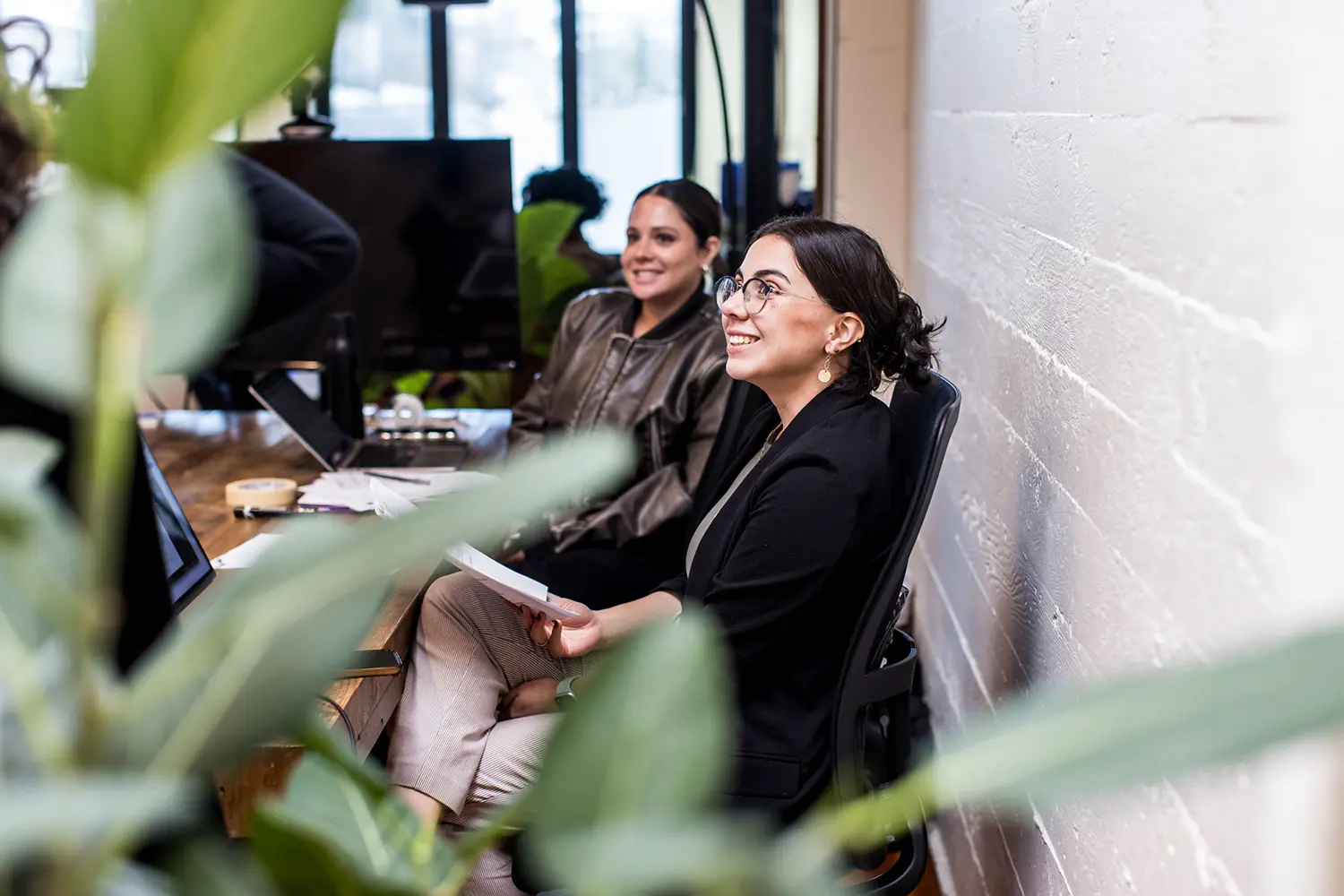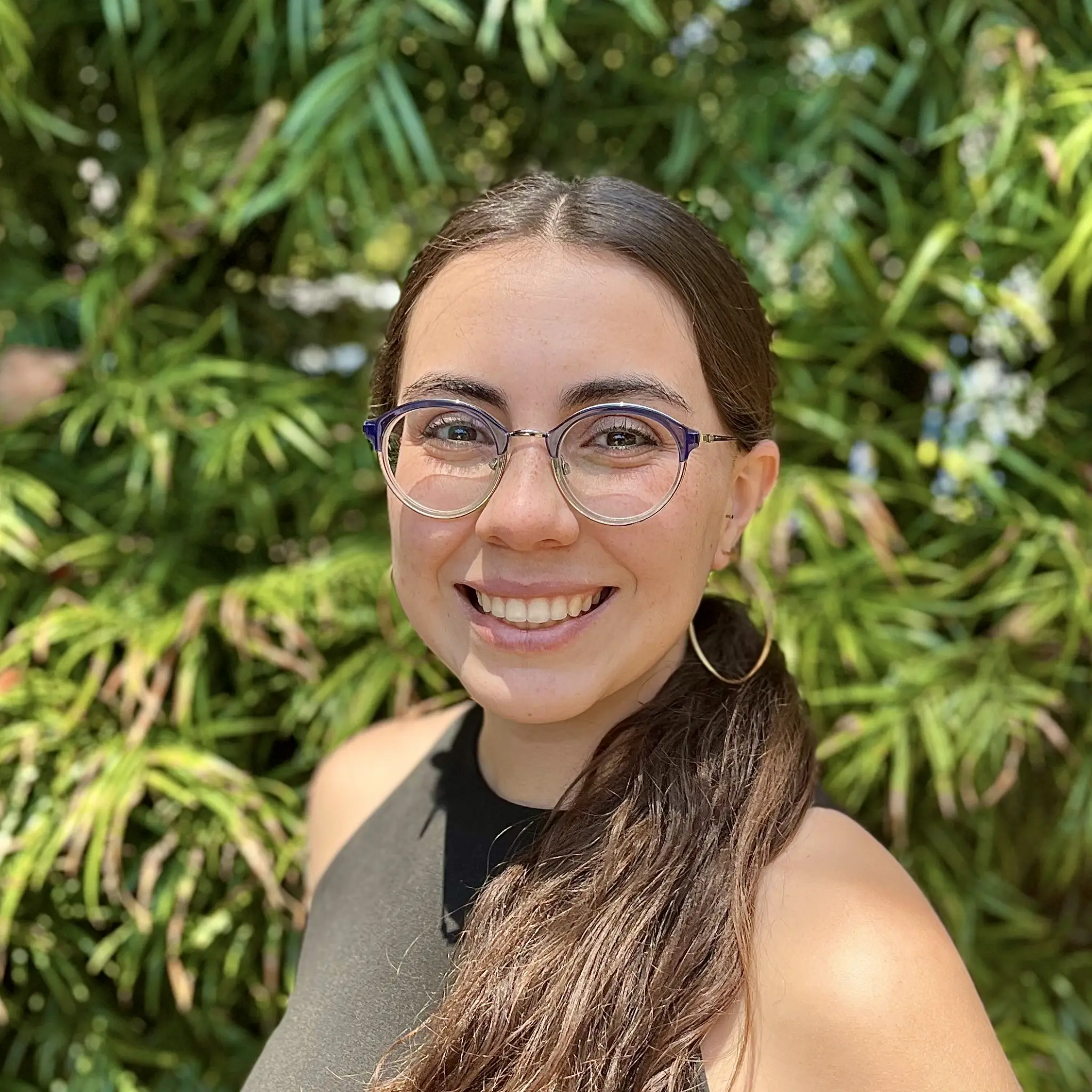
Throughout my PhD, I have been keenly interested in the various ways in which science interfaces with society. How do the small discoveries we scientists make in the lab lead to large, sometimes tangible, impacts in our day to day lives? Whether it’s through influencing policy or the development of new technology, there are many ways where we reap the benefits of the basic and applied research conducted at academic and government institutions. If we focus in on ways in which innovative technologies are discovered and spread through society, a crucial player is private companies, and more specifically, startups. During my 3rd year of my PhD, I had the privilege of interning at a pre-seed stage plant biotech startup, Ohalo Genetics, that was just shy of two years old and with a team of about 10 people. I was exposed to the exciting and dynamic nature of being a scientist at a startup. Little did I know then, a couple years later I would re-enter the startup space, but instead of being on the side of the entrepreneur/scientist, I would be on the investor side as an Innovator Fellow at early-stage venture capital firm, Better Ventures.
I spent a total of six months working with Better Ventures. Better Ventures is based in Oakland, California, situated in the Bay Area, arguably the Innovation Capital of the world. While at Better Ventures, I was exposed to the inner workings of venture capital, from weekly team meetings where we discussed new and exciting companies, to networking events, to discussing the nitty-gritty details of a term sheet, to sitting in on company pitch calls, Better Ventures welcomed me as a part of their team. Within my role at the company, I primarily focused on sourcing and screening potential companies. Though my training is in plant molecular biology, I screened a variety of companies spanning the FoodTech, AgTech, ClimateTech, and HealthTech industries. After my six months of trying to identify successful VC-backable companies, here are the five key lessons I learned.
Venture capital is an essential part in providing novel, often risky, technologies with the financial means to try their hand at becoming a large, impactful, and successful company. However, to encourage limited and general partners to want to invest their money in these nascent companies, there needs to be a believable possibility of a large return. VCs will be on the lookout for this potential.
This is not inherently a new concept to us researchers. We are used to thinking about the potential limitations in our findings and the role of scale (e.g. the difference between in-vitro vs in-vivo). However, scientists may not always be well trained in all the levers in the business world that makes a technology scalable. The two things that need to be most scalable are customer acquisition and unit economics. Not only does the tech need to work, but there also needs to be a customer, and a lot of them! The unit economics also need to make sense (see point 1).
Sitting on pitch calls, I got to see a range of how folks spoke about their companies. The spectrum ranged from calls that felt more akin to a qualifying exam or a research seminar (not recommended) to those with the smoothest of talkers but that may have left me yearning for more direct answers. It’s important to seek the right balance between the two as an entrepreneur. But if in doubt, err toward being more concise. The calls that I found especially compelling were when founders were able to highlight their personal connection to the problem that they will be solving with their company. A convincing story during the first company call can be make or break.
What categorizes a strong team is subjective. However, after a few months of screening companies, there are things that stick out. For example, having a team that is composed of both technical experts AND business savvy folks. Having up-to-date LinkedIn profiles, professional photos, and having mutual connections was a plus. Lastly, as much as it pains me to say this, association with certain academic institutions could also serve as a “green flag”. Though I do not agree with this, it is important to consider the potential of both conscious and unconscious bias.
Lastly, the timing. During one of the MBA courses I took last year as a Business Development Fellow, my professor shared this baseball reference with the class, “It doesn’t matter whether you swing too early or too late, it’s still a strike.” As someone who grew up playing (and still play!) softball, this especially resonated with me. The market needs to be ready for your product but be wary of oversaturation (a quick shoutout to the Gartner hype cycle). It’s important to keep tabs on societal shifts/trends that may indicate that the winds are in your favor.
However, with all of this in mind, it is still quite challenging to reliably predict who will make it big (or as the VC’s say, who will be the next “unicorn”). As a biologist, I like to draw comparisons with the vast complexity of life itself. We may not truly understand all the intricacies that allow life to persist, but that sure doesn’t stop us from trying to figure it out. Similarly, the lack of a formula for predicting a successful company should not prevent scientists from diving into the world of entrepreneurship, or VCs from placing bets and backing compelling entrepreneurs.
To read a little bit more about my and Better Venture’s take on the Food as Medicine space, see my Medium post here.
As I transition back to my role as a PhD graduate student researcher in the Michelmore Lab, I have a newfound appreciation for large and small VCs, accelerators, incubators, government grants, etc. that allow folks the opportunity to bring their innovations to consumers. I remain in awe by the courage and tenacity that is shown by entrepreneurs and will continue to root for all the academics who decide to take that plunge. I am grateful to have had the opportunity to peek into the world of VC, but I greatly missed being more closely involved with research. Going forward, I will be wrapping up my thesis work and looking at my next steps. Though I would love to eventually end up in a role that supports innovation or even interfaces with company strategy, I feel as though my time as a hands-on researcher has not reached its end and will most likely begin my career by pursuing a Scientist or a post-doc role.
I want to thank those who supported me during this journey, especially Wes Selke and the Better Ventures team, my PI Richard Michelmore, Dana Armstrong Hughes and the Innovation Institute for Food and Health (special shoutout to other IIFH Fellows Berta Lascuevas Laguna and Tarini Naravane).
